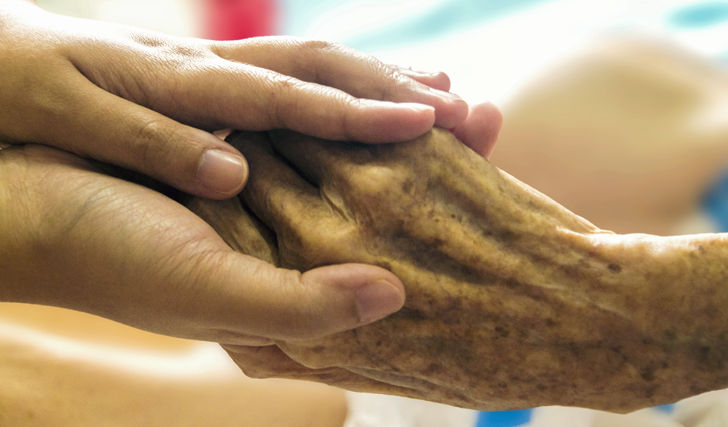Pensions, healthcare and other age-dependent expenditures are all being affected by a longevity gap between rich and poor that has persisted over the years in Canada, according to a new report from the C.D. Howe Institute.
The report, entitled Rich Man, Poor Man: The Policy Implications of Canadians Living Longer, is the first study of long-term changes in longevity across earnings groups in Canada – and provides new evidence on the incomes and life expectancy of Canadians.
Both men and women are experiencing longer lifespans, many years past the generations before them. That means additional costs for pensions, healthcare and other age-dependent expenditures. According to the report, the highest-earning Canadian women outlive the lowest-earning women by three years. For men, the longevity gap between the highest and lowest earners is eight years, or more than 10 percent of a lifespan.
Differential longevity causes issues
A major impact caused by this situation is on pensions, say co-authors Kevin Milligan and Tammy Schirle. If those who are living longest are the ones with the highest annual pension benefits then the total costs of the pension payouts may be higher than expected. Moreover, differential longevity alters the net balance of pension contributions and pension benefits across high and low earners.
Also affected are private annuity markets which are shaped by the longevity expectations of different potential purchasers of annuity products. The authors say the public should take note of how differing longevity of different groups of Canadians affect the value of public retirement income programs and well-being across society.












